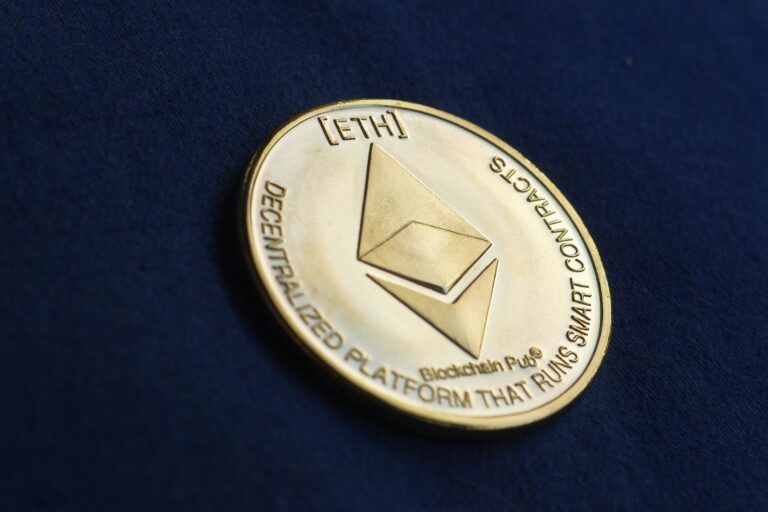
To address the limitations of the Ethereum blockchain in terms of speed and cost, the concept of layered scaling solutions has emerged. The Ethereum network itself acts as the base layer (L1), responsible for finalizing transactions and ensuring the network’s security. Layer 2 (L2) solutions, such as Arbitrum and Optimism, operate on top of L1, handling a significant portion of transactions to improve both speed and efficiency. These L2 solutions ultimately rely on the L1 network for finalizing transactions and resolving any disputes.
Layer 3 (L3) blockchains represent an even further abstraction built upon the existing infrastructure of L2s. They offer the potential for even greater scalability and the opportunity for developers to customize them for specific purposes that would be difficult to achieve on L2s or directly on the Ethereum main network. L3s, while indirectly, still benefit from the security of the underlying Ethereum blockchain through their connection to L2s. Furthermore, the composability of L3s within the Ethereum ecosystem means they can seamlessly interact with the main Ethereum network (L1), with L2s, and even with other L3s, creating a rich environment for the development of decentralized applications (dApps).
It’s important to note that the concept of L3 blockchains is still evolving, and the lines between L2 and L3 solutions can sometimes blur. However, the essential idea is that L3s represent another step forward in making Ethereum scalable and customizable while maintaining its L1 security foundations and the advancements made in L2 scaling.
In a video update released on 10 April 2024, Guy Turner, the founder and host of the YouTube series Coin Bureau, took a closer look at several Ethereum L3 projects.
The video starts with an overview of Ethereum’s challenges, primarily its congestion and high gas fees due to its popularity and widespread use. This congestion often leads to a demand surge for block space, which results in higher transaction costs.
Turner explains that to mitigate these issues, L2 solutions like Arbitrum and Optimism were developed. These L2 protocols operate by bundling transactions together, processing them, and then sending the data back to the main Ethereum chain (Layer 1). He says this approach helps reduce costs and increase transaction speeds but still leaves room for further improvements.
<!–
–>
He goes on to say L3 solutions are introduced as the next step in the evolution of blockchain scalability and that these protocols are designed to build on the capabilities of L2s, enhancing Ethereum’s scalability and efficiency even further. He also mentioned that L3s optimize various consensus mechanisms and data structures, enabling even higher transaction throughput.
Turner delves into the functionality and benefits of Layer 3 technologies, underscoring their critical role in enhancing blockchain efficiency. Layer 3 solutions process multiple Layer 2 transaction bundles simultaneously, which significantly boosts network speed and efficiency. These technologies are integral to the application layer, allowing for the creation of user-friendly, secure, customizable, and cost-efficient applications. Moreover, by improving usability and interoperability, Layer 3s are designed to drive broader adoption of blockchain technology, offering substantial benefits especially to new users who might find traditional blockchain interfaces cumbersome.
Further exploring the impact of these technologies, Turner highlights three active and developing Layer 3 projects that each make unique contributions to the Ethereum ecosystem and have their own tokens. Orbs ($ORBS), for instance, serves as a decentralized backend that enhances both EVM and non-EVM compatible smart contracts. Degen ($DEGEN), known for its focus on meme coins, also supports gaming and DeFi applications, demonstrating the versatile applications of Layer 3 technologies. Additionally, Xai ($XAI), a gaming-focused Layer 3 built on Arbitrum, aims to drastically improve the gaming experience by increasing network scalability, showcasing the potential of these technologies to transform user engagement across various platforms.
The video discusses the added complexities that multiple layers may introduce, which could potentially confuse new users and mentions that monolithic chains like Solana might seem more attractive due to their straightforward operation and lack of additional layers.
The discussion about the potential downsides and adoption barriers of L3 technologies, as outlined by Turner, reveals several critical issues. One significant concern is the risk of centralization; adding more layers could potentially detract from the decentralized ethos fundamental to blockchain technology. Moreover, L3s face intense competition not only from other blockchain projects but also from within the Ethereum ecosystem, including L2 solutions. This internal competition might lead to fragmentation and inefficiencies within the system. Additionally, for L3 technologies to gain widespread trust and foster broad adoption, they need to be thoroughly tested and proven secure. Turner highlights these aspects to underscore the challenges that L3 technologies must navigate to achieve their full potential.
[embedded content]
Featured Image via Pixabay
- SEO Powered Content & PR Distribution. Get Amplified Today.
- PlatoData.Network Vertical Generative Ai. Empower Yourself. Access Here.
- PlatoAiStream. Web3 Intelligence. Knowledge Amplified. Access Here.
- PlatoESG. Carbon, CleanTech, Energy, Environment, Solar, Waste Management. Access Here.
- PlatoHealth. Biotech and Clinical Trials Intelligence. Access Here.
- Source: https://www.cryptoglobe.com/latest/2024/04/coin-bureau-highlights-three-ethereum-l3-projects-with-massive-potential/



